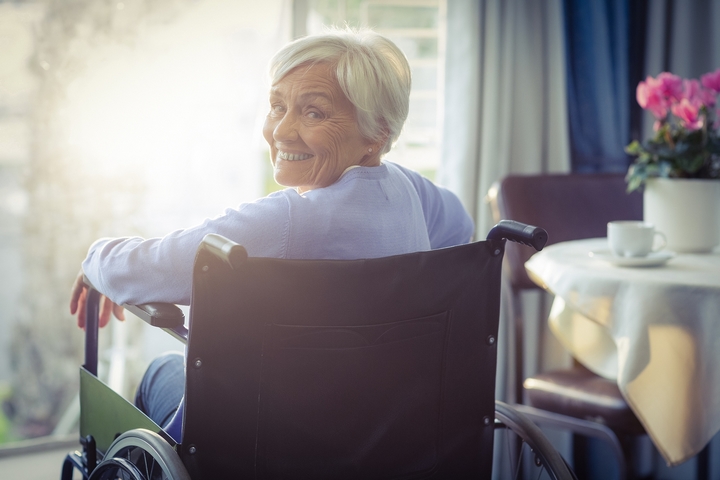
How to Make Your Home Senior-Friendly
As we age, our homes need to provide a safe, comfortable, and accessible environment that supports independent living. A senior-friendly home promotes their well-being and confidence in navigating daily activities within the comforts of their own home.
Designing a senior-friendly home is a commitment to ensuring comfort, safety, and independence for older adults. From simple adjustments like better lighting and safer bathrooms to more significant modifications like installing chair lifts, each change contributes to a space that allows older adults to live comfortably and securely while maintaining their independence for years to come.
This guide will explore vital elements and practical tips to help you transform your living space into one that supports independent living.
Improve Accessibility
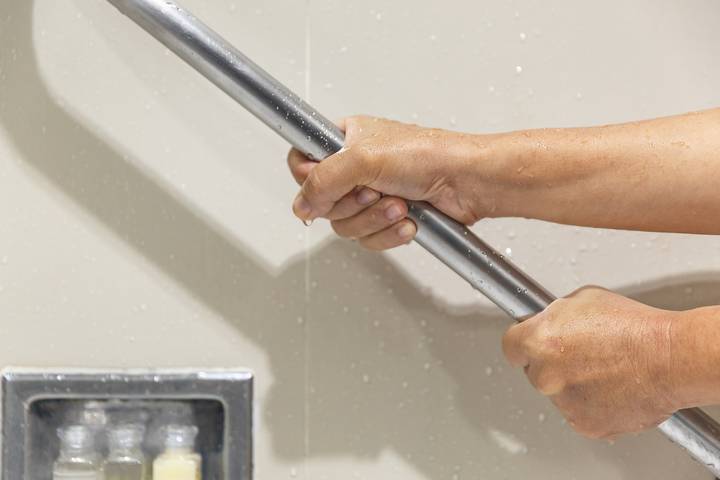
Making homes more accessible for seniors means making changes to improve safety and convenience. Handrails at entry points and busy areas give extra support and help with balance. Ensure there are clear paths by eliminating clutter and things that could make someone trip. Use rugs with grip or non-slip surfaces.
Switch to lever-style door handles and rocker light switches for easier use. A chair lift for seniors allows additional independence at home. With comfortable seating and secure harnesses, chair lifts help seniors navigate stairs, allowing them mobility that might otherwise be unsafe.
Lighting and Visibility
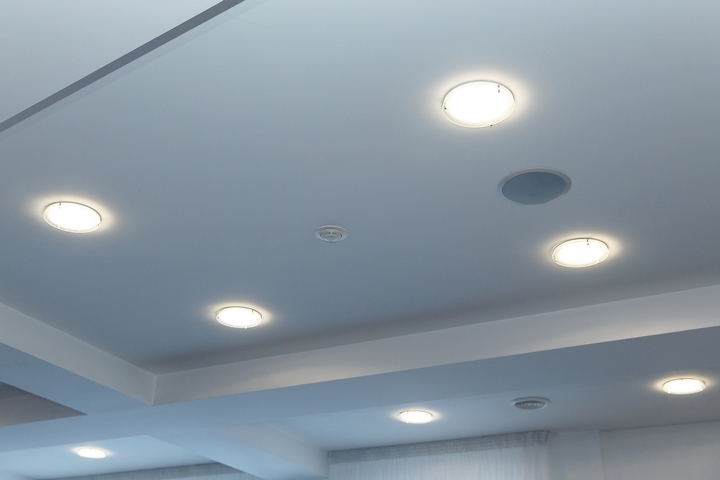
Sufficient lighting and visibility play a crucial role in the safety and comfort of seniors at home. Adequate illumination minimizes the risk of falls by improving visibility in hallways, stairs, and other key areas.
Adding motion-sensor lights helps with nighttime navigation, reducing potential accidents. Contrast-enhancing colours on walls and furniture help with depth perception and object recognition, especially for those with visual impairments.
Optimal lighting enhances independence and confidence, allowing seniors to navigate their living space comfortably and efficiently.
Bathroom Safety
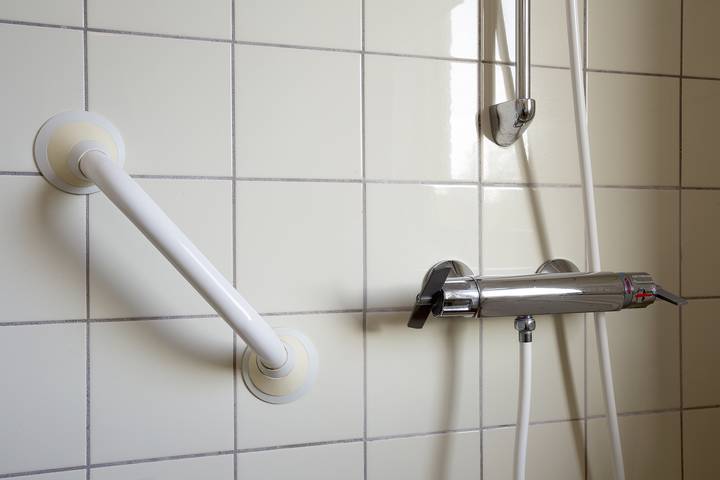
Ensuring bathroom safety for seniors is crucial due to its potential dangers. Grab bars are a necessity. Install them near the toilet, shower, and tub to help balance and movement. Non-slip mats reduce falls on wet surfaces.
Adjustable showerheads and handheld sprays offer convenience. Raised toilet seats and shower chairs enhance ease and stability, and temperature-controlled water prevents scalding. These changes create a safer, more secure bathroom, allowing seniors to continue their activities of daily living independently.
Kitchen Modifications
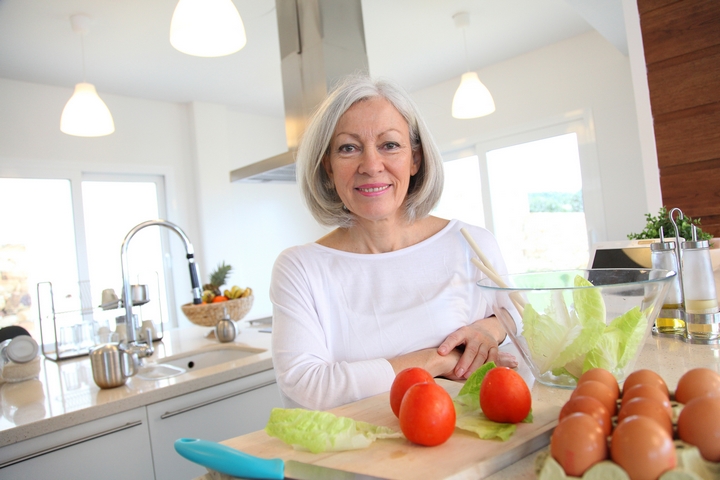
A few changes in the kitchen can make it easier and safer to use. Lower countertops and sinks reduce strain during cooking and cleaning. Lever-style or touch-sensitive faucets make using water simpler. Organizers in drawers and cabinets keep things handy. Easy-to-grip handles on cabinets help with opening.
Non-slip flooring prevents falls, and task lighting in work areas improves visibility. Placing appliances at reachable heights and adding grab bars near cooking spots create a more inclusive kitchen. These adjustments allow seniors to enjoy cooking activities with ease and confidence.
Technology
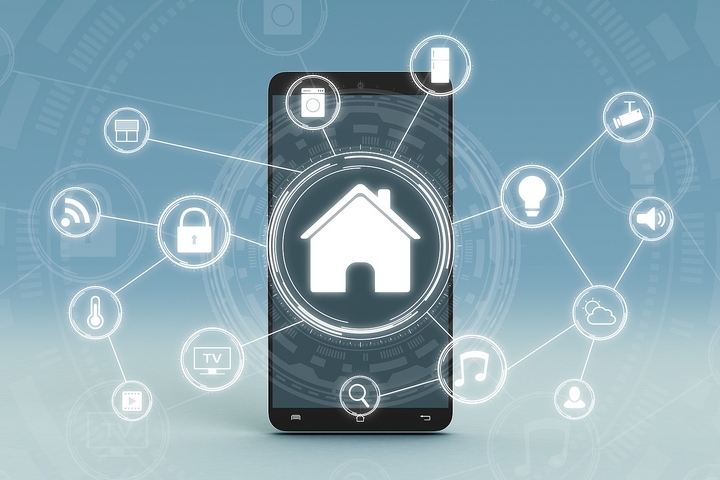
Technology can bring innovative solutions into a senior’s home to boost safety, convenience, and connectivity. Smart home devices, such as voice-controlled assistants, assist with setting reminders, controlling lights, and accommodating different abilities.
Medical alert systems and wearables offer quick assistance in emergencies, providing peace of mind. Home monitoring systems remotely track and alert about potential hazards. Telehealth services allow easy access to medical care from home.
Today’s available technology is remarkable, improving the functionality of a senior-friendly space by promoting independence.
Comfort and Convenience
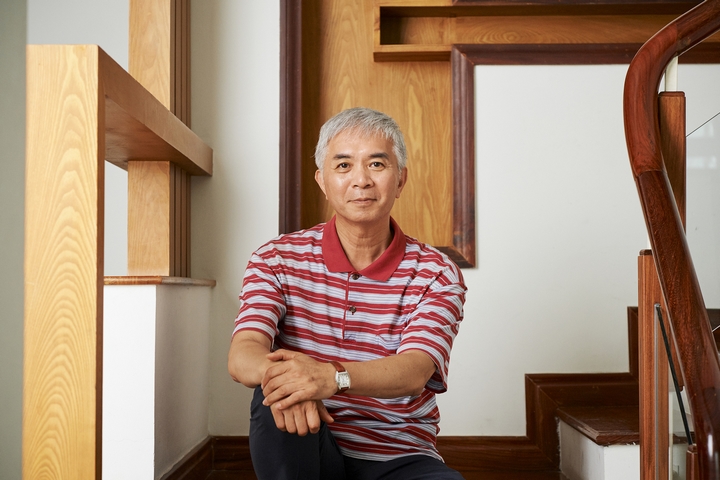
In a home designed for seniors, comfort and ease are top priorities for a better daily life. Furniture designed for comfort, beds that can be adjusted, and chairs that offer support all help seniors feel physically comfortable and relaxed.
The way rooms are set up makes it easy to move around and reach things without straining. Storage solutions are made to be easily accessible, so it’s simple to find what’s needed. Controlling temperature and climate adds to personal comfort.
By making comfort and ease a priority, a home for seniors lets them be more independent, making it easier to move around and enjoy being at home.
Emergency Preparedness

Emergency preparedness is vital for seniors’ safety. Make plans with family or caregivers, ensuring everyone knows what to do in an emergency. Practice emergency drills regularly at home to familiarize yourself with procedures. These drills help build confidence and ensure swift actions during unexpected events.
Stay informed about emergency contacts and community resources available for assistance. By being proactive and prepared, seniors can enhance their safety and peace of mind in facing unforeseen circumstances.
Regular Maintenance and Safety Checks
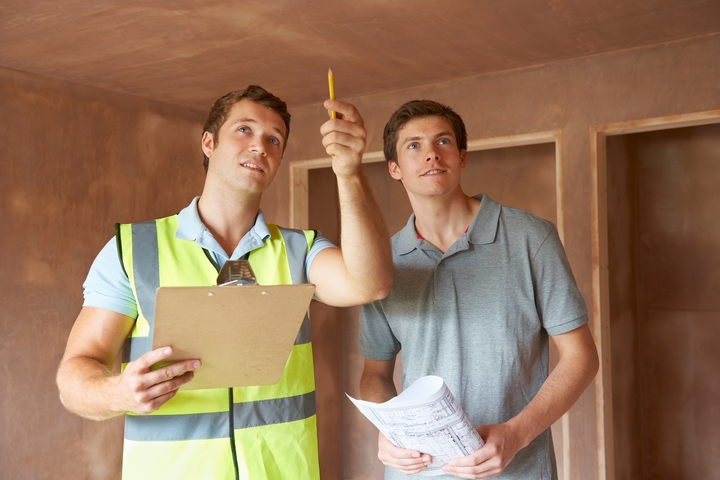
Maintaining a senior-friendly home’s function and safety is crucial. The batteries in carbon monoxide and smoke detectors must be tested and changed regularly. Check any grab bars, handrails, and assistive devices to keep them in good working order.
Monitoring flooring for wear, fixing loose rugs, and ensuring proper lighting are essential safety measures. Consistent upkeep prevents accidents and maintains a safe, comfortable environment, supporting the well-being and confidence of seniors at home.
